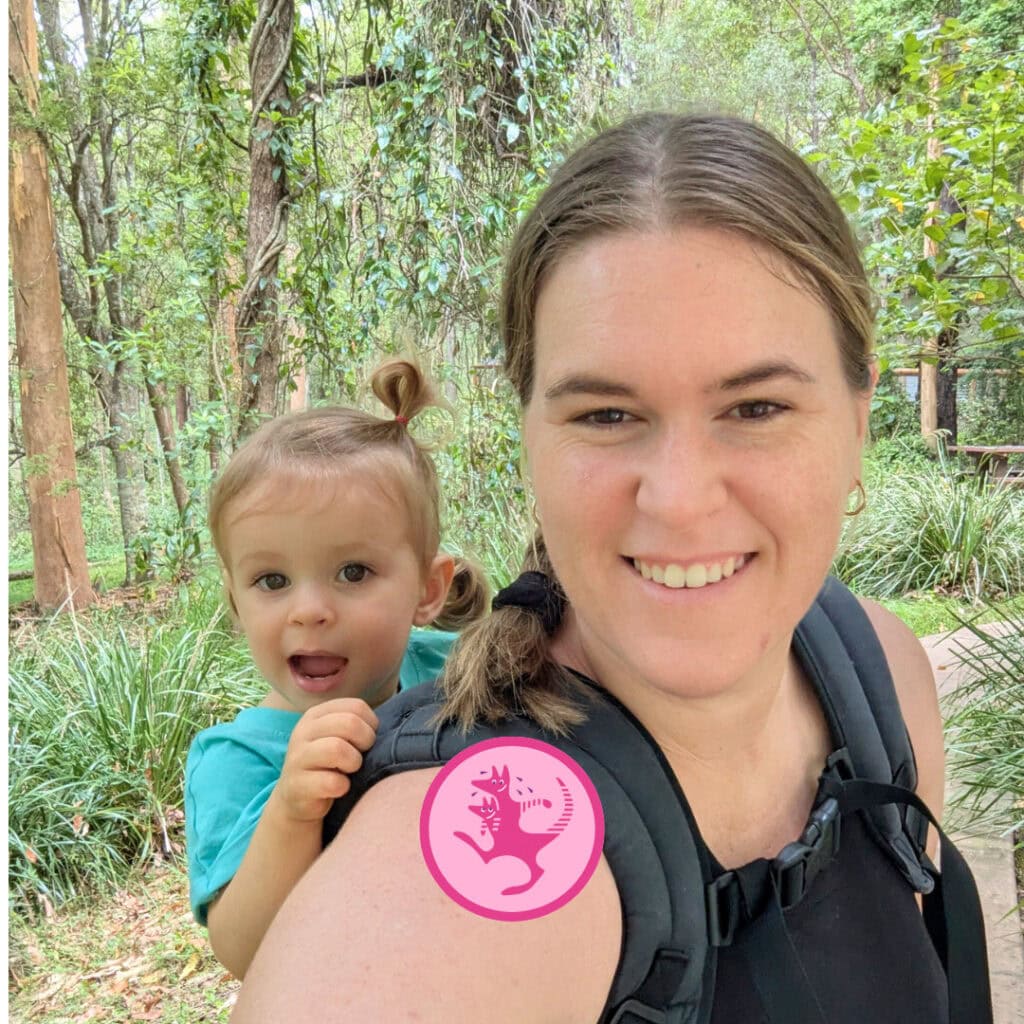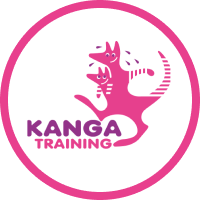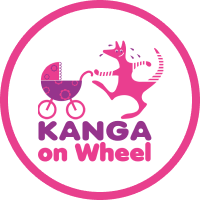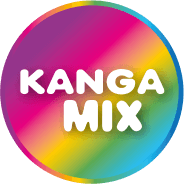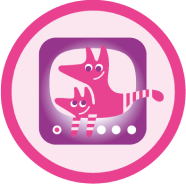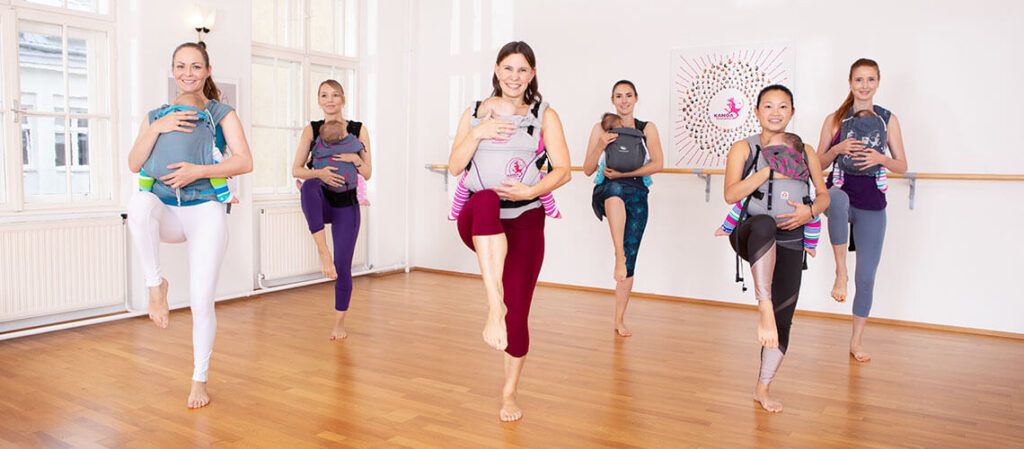✨ Do something for you ✨
Come join us at Kangatraining in the Redlands!
📢 Term 1, 2026 bookings open now! Get in quick to secure your spot.
NEW DUAL KANGATRAINING & MOTHER'S GROUP PROGRAM AVAILABLE IN REDLAND BAY
Casual Kangatraining classes available, use the casual links below.
Get in Touch
Want to send me a message?
Have a few questions? Send me a message; there is no such thing as a silly question.
You can also use this form to:
- Book a make-up class
- Book a class AND want to pay in cash
- Contact me about running a pop up class
- Want to network with me
